Seabirds are birds that live in saltwater on the mainland, but the colony structure of these birds varies. Some birds can live in the water all their lives, some live only on the edge, and some can fly or walk in shallow water. For example, cormorants, gulls, albatrosses, penguins, puffins, and pelicans are all seabirds. Some of the adaptive features that these birds have evolved include salt glands and webbed feet.

If you want to learn more about the types of seabirds that exist today and how they survive in such a unique environment, we invite you to read this article.
Introduction to Seabirds
Classic Types of Seabirds
Cormorants
Gulls
Herons
Terns
Puffins, Auks, and Murres
Eiders
Key Adaptations of Seabirds
Conclusion
Seabirds are birds that are closely linked to saltwater environments. Some species spend almost their entire lives at sea, while others are found along coastlines or in shallow waters. Their remarkable adaptations make them vital components of marine ecosystems worldwide.
Cormorants (Phalacrocorax spp.)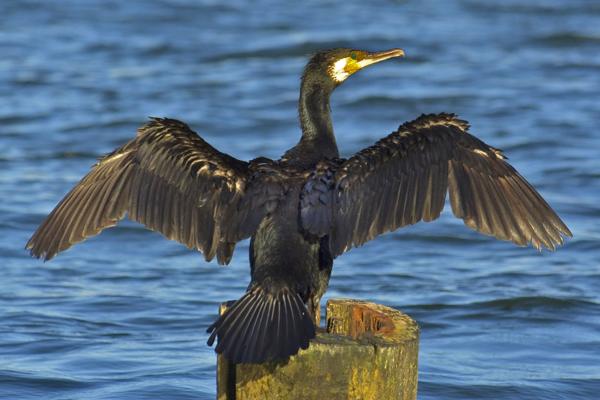
Cormorants are expert divers, hunting fish by plunging from the air or the surface. They’re often seen drying their wings on rocks, as their feathers aren’t fully waterproof. They are large birds (60 cm to 1 m) and are mostly black or brown.
Gulls (Family Laridae)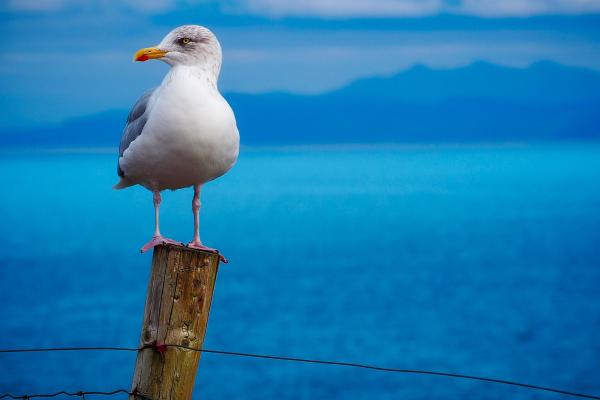
Classic coastal birds, gulls range from 30 to 80 cm in length. With white or gray plumage and black markings, they’re opportunistic feeders, eating anything from fish and shellfish to carrion.
Albatrosses (Family Diomedeidae)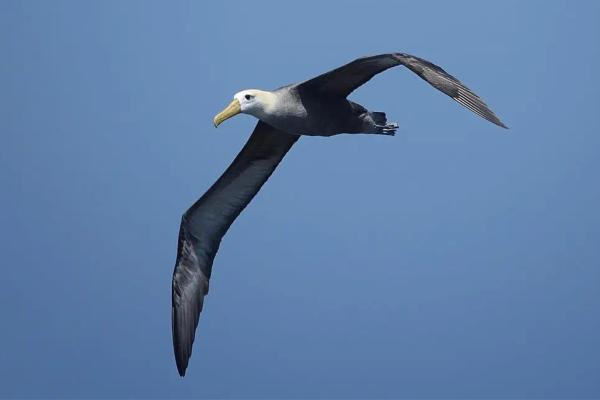
Boasting a wingspan of 2 to 4 meters, albatrosses are the world's largest flying birds. Their huge wings allow them to glide for hours, conserving energy. They eat fish, squid, plankton, and carrion, and prefer temperate climates.
Herons (Family Ardeidae)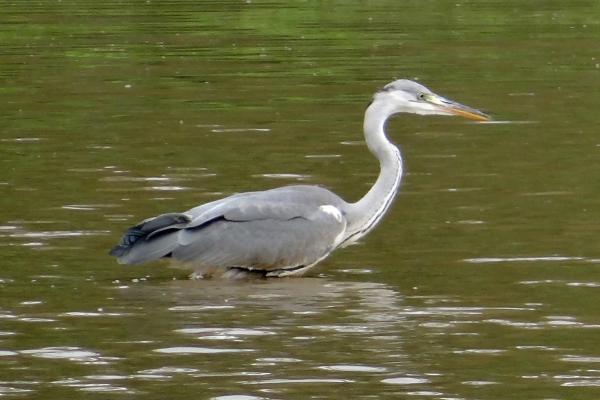
With extremely long legs and necks, herons walk through water but do not swim. Sizes range from 20 cm to 1.5 m. Some inhabit freshwater, others marine or brackish environments. They prey on fish, crustaceans, mollusks, and sometimes amphibians or reptiles.
Terns (Sterna spp.)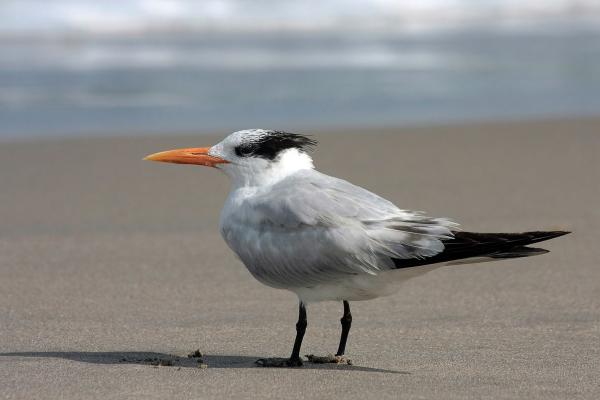
Resembling gulls but more slender, terns have gray or white bodies, black heads, and yellow or red bills. Agile fliers, they dive into the water for small fish, often seen over oceans, lakes, and rivers.
Penguins (Family Spheniscidae)
Famous southern hemisphere residents, penguins have lost the ability to fly but are exceptional swimmers. Their streamlined bodies and black-and-white coloring aid them in hunting fish, plankton, and cephalopods at sea.
Puffins, Auks, and Murres (Family Alcidae)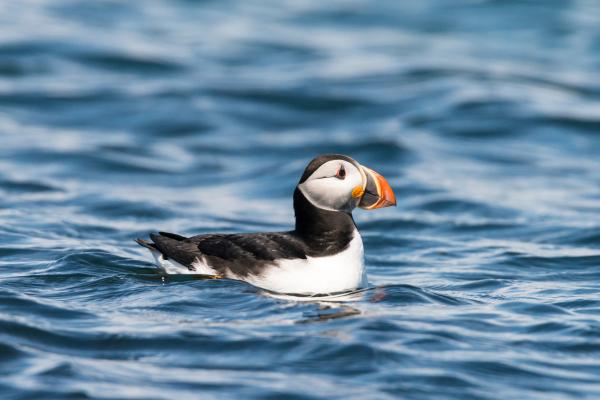
These birds look like penguins but are only distantly related. With large beaks and partial flying abilities, they are excellent divers and strong swimmers, typically 20–50 cm long.
Pelicans (Pelecanus spp.)
Pelicans are known for their huge beak pouches, used to scoop up fish. Their plumage ranges from white to gray or beige. Some species are also scavengers.
Frigatebirds (Family Fregatidae)
Distributed in tropical regions, frigatebirds have black plumage, long hooked bills, and—on males—an inflatable red throat pouch. With a wingspan of about 2 meters, they hunt fish, squid, and sometimes steal prey from other seabirds.
Eiders (Somateria spp.)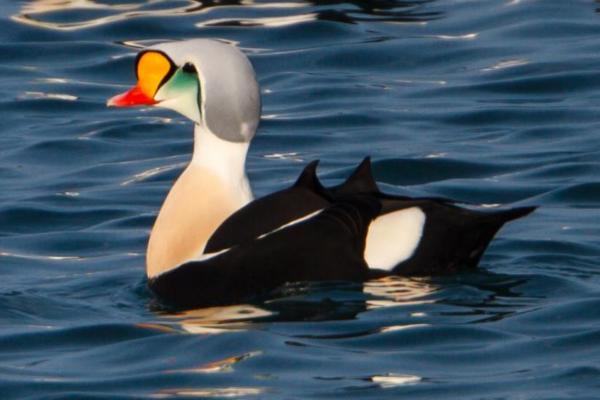
These large sea ducks (50–70 cm) are found in the northern hemisphere. Eiders have sharp, serrated bills to help them catch mollusks, crustaceans, and fish by shallow diving.
Salt Glands: Located near the nostrils, these glands excrete excess salt, helping birds maintain salt balance after ingesting seawater.
Waterproof Feathers: Most seabirds have oil-coated feathers to stay dry and insulated in water.
Webbed Feet: Their feet act like paddles for swimming and diving.
Diving & Oxygen Storage: Some seabirds can store oxygen in air sacs or tissues, supporting long dives.
Gliding Flight: Large seabirds like albatrosses use dynamic soaring to travel great distances over the ocean with minimal energy.
Seabirds are diverse and highly adapted to marine life, playing essential roles in ocean ecosystems. Interested in more about piscivorous birds or other marine wildlife? Check out our featured articles for deeper exploration!
animal tags: Seabird
We created this article in conjunction with AI technology, then made sure it was fact-checked and edited by a Animals Top editor.